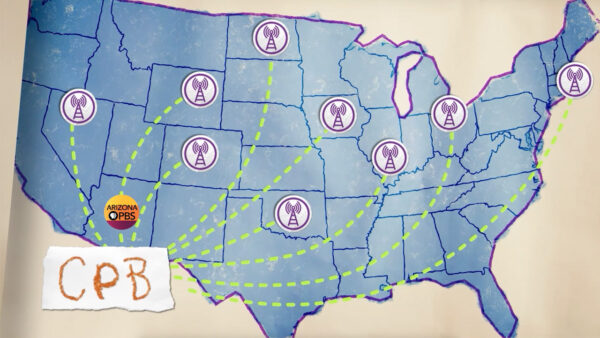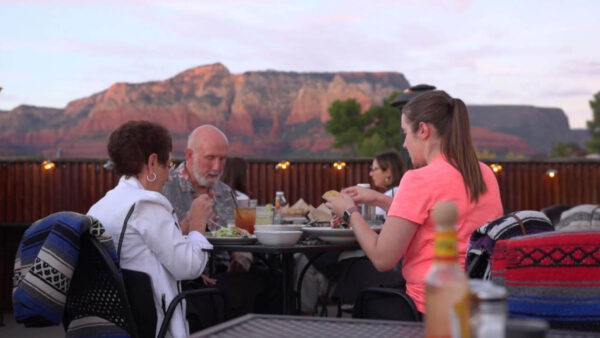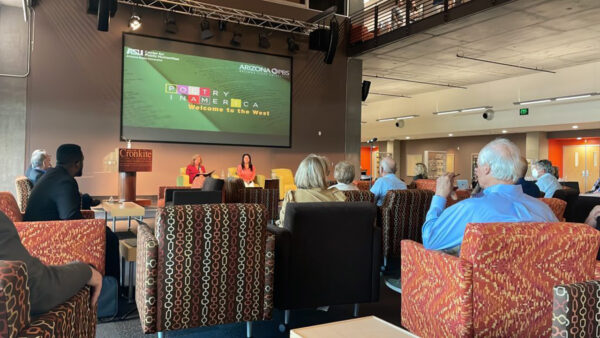Nature “Kilauea: Mountain of Fire”
Aug. 21, 2011
SUNDAY, AUGUST 21 AT 8 PM
EIGHT, ARIZONA PBS
– Hawaii's Explosive Power Is Reawakening –
Kilauea, on Hawaii's Big Island, is one of the world's most active volcanoes. Perhaps 100,000 years old, it is today generating some of the largest explosions experts have ever witnessed. Red-hot molten lava shooting into the air 1,000 feet or more is one of nature's greatest displays of power. It is also part of an age-old process that creates even as it destroys. Nature “Kilauea: Mountain of Fire” airs Sunday, August 21, 2011 at 8 p.m. on Eight . Academy Award-winning actor F. Murray Abraham narrates.
“Being in the wrong place at the right time is a necessity when filming volcanoes,” says Fred Kaufman, executive producer of Nature . “Unlike wild animals that tend to run and disappear at the first sight or smell of a human, lava flows are unpredictable, quite dangerous and come right at you.”
Kilauea is today experiencing the kind of activity that experts have not seen in 25 years or more. In four years, the amount of magma flowing through the volcano has doubled. Scientists track its paths deep in the earth and across its surface as it travels from summit to sea. They are seeking answers, hoping to predict when Kilauea will erupt again. One of their tools is a revolutionary 3D imaging device called LIDAR, which allows them to take scans of the crater floor. From those images, they are able to learn about the hydraulics of the system, how pressure is built and displaced, and where and when millions of gallons of lava are released.
Geophysicist Milton Garces records the sounds of the vents created by the volcano, capturing an entirely new form of “rock music,” and in the process, tracking eruption, explosions and other volcanic events. The tonal harmonics create an ongoing song he calls “Pele's chant.”
Molten lava, unleashed, transforms the earth, sculpting a surreal moonscape. But even in its fiery path, life continues in small oases of life called kipukas. These ecological time capsules shelter a variety of creatures living in genetic isolation. The Hawaiian state bird — the nene — finds haven here, as do Hawaiian honeycreepers and a plague of yellowjacket wasps that threaten to topple the ecological balance maintained there. A few undaunted biologists fight a continuous battle to keep their numbers in check, wiping out dozens of massive colonies every year, with no end in sight.
Underneath Kilauea is the longest, deepest lava tube yet discovered on Earth, a vaulted chamber rising 80 feet — a cathedral of ribbed floors and twisting mazes. The creatures that live there are called troglobites, insect cave dwellers adapted and wholly unique to this place.
Perhaps the most spectacular moment of creation is when lava pours into the ocean, an enormous force of nature meeting its equal in the sea. Filmmaker Paul Atkins employs 25 years of skill and experience documenting Kilauea to take on the extremely dangerous challenge of capturing Kilauea's grand entry underwater on film. The rare footage of this cataclysmic meeting of 2,000-degree lava and 75-degree ocean water is truly a sight to behold.
)






















